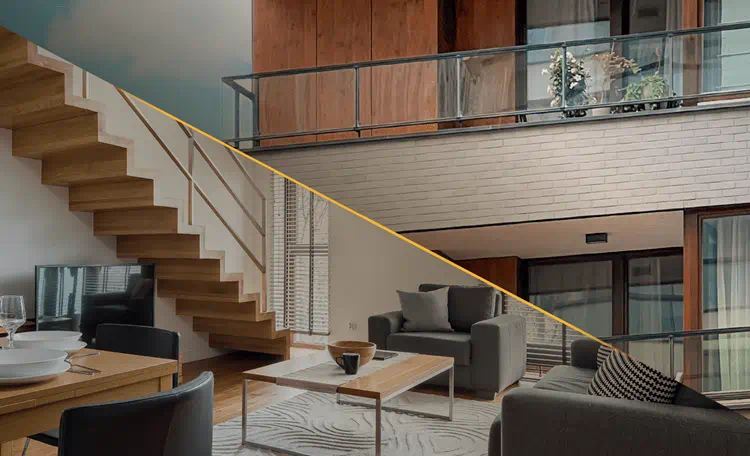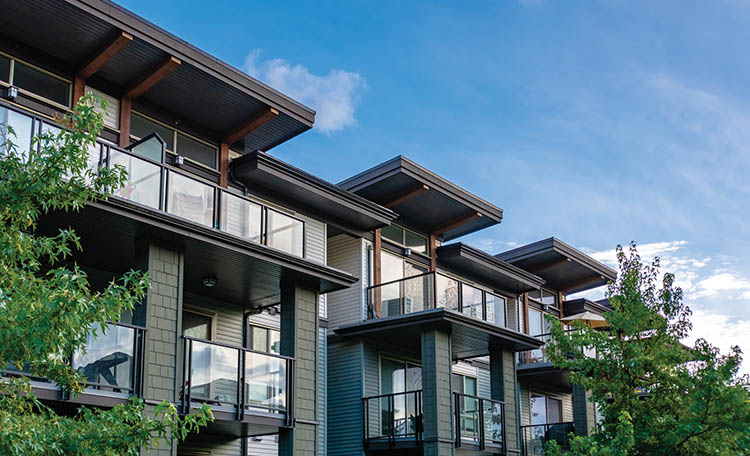Build-to-rent (BTR) property—a relatively new niche multifamily product resembling single-family homes—is well-positioned to capitalize on several demographic and capital market tailwinds. This is particularly true now that Millennials, who started renting more than 15 years ago, are getting married and having children, necessitating housing that can accommodate a growing family. Historically, this trend had resulted in substantial increases in home purchases, but times have changed, and most Millennials now find themselves locked out of a feasible path to homeownership. BTR product, which blends single-family living with the convenience of renting, bridges the gap nicely to address this growing market need. But the demographics go beyond traditional Millennials; downsizing Baby Boomers will also likely drive demand for BTR product as well as a growing contingent of pet owners spanning generations.
Riding The Demographic Wave
At this point, it’s clear that the pandemic dramatically accelerated migration trends, both to Sunbelt markets but more broadly to the suburbs and exurbs of major cities as people went looking for more space, a refuge against the virus, and more affordability. Some of those patterns are reversing course with some urban cores stemming the tide of outmigration to some degree, but according to the most recent Census data, emerging suburbs and exurbs continue to see the largest influx of people.
Exurbs, in particular, have seen the most population growth over the past two years. Not too long ago these areas were farmland, fields, or largely empty tracts of land in the path of growth, which have become thriving communities of neighborhoods, parks, schools, and more. They are also prime for new rental communities, especially those that offer more space and living area, which BTR is primed to accommodate.
Because BTR product bridges the gap between multifamily and single-family, new product can deliver housing to cities and towns looking to deter traditional multifamily rental product. These communities can be found throughout the U.S.—even in pro-development states like Texas and Florida. Because BTR product resembles single-family neighborhoods, communities may be more accepting of new construction as it doesn’t stand out from other neighborhoods.
Over time, households typically need additional space and the Millennial generation, the largest generation in the U.S., is only getting older. After the 2008 recession, most of this generation entered the renter pool, growing substantially in the 2010s and driving outsized performance for multifamily. This group is now aging into their 30s and 40s, making up the bulk of the population growth over the next decade.
The multifamily market has been buoyed over the past few years by delayed life events. Americans marry later in life than previous generations, with the average age in which Americans marry closer to 29 years old, compared to 22 years old in the 1970s, and up two years from 2010. Women also are having their first child, on average, two years later than they did in the early 2000s.
But it’s not always just kids and partners that dictate where people live—pets also play an increasingly important role. A 2023 survey from National Association of Realtors (NAR) found that 43% of households would move to accommodate their pets, and 18% of realtors surveyed said they had represented clients who moved solely for their animals. According to the American Society for the Prevention of Cruelty to Animals (ASPCA), nearly 20% of U.S. households adopted a pet during the pandemic, adding pressure on households to find more space to accommodate their new furry friends. This group spans generations and also makes up a portion of the addressable market for BTR communities.
With aging demographics and major life events colliding, we would ordinarily expect renters to opt to purchase homes more frequently over this next decade. In that time, Millennials will have aged into peak first-time home-buying years, as NAR’s recent report on buyers suggests that the average first-time home buyer is 35 years old.
Households under 35 years old have substantially lower homeownership rates—hovering in the high 30% range for most of the last 30 years. As shown on the right chart, however, it’s also seen the sharpest uptick in the homeownership rate of any age cohort over the last few years. The 35-44-year-old cohort saw the steepest drop in homeownership post-GFC but has slowly started to recover. The other factor that will likely drive additional BTR demand is the ongoing “right-sizing” of homes for the Baby Boomer generation. Homeownership for the 65+ generation remains around all-time lows as the older generation opts for rentals that require far less maintenance. BTR product also offers a suitable bridge from homeownership to renting compared to a traditional apartment or senior living facility. This may be the step down in size and upkeep required that will house Baby Boomers as they age.
Today’s confounding factor is how unattainable single-family homeownership is in the current market. While 30-year fixed mortgage rates have come down from a peak north of 8%, they remain elevated along with home prices. The Case-Shiller Index points to further price increases, even in the face of a challenging interest rate environment, with prices up nearly 4% over the past year as of September and continuing to accelerate north.
The easiest way to visualize this lack of affordability is to show how much home a prospective buyer could afford based on the average rent. Here, we make some generous assumptions: a down payment of 20% and enough excess capital to pay property taxes, insurance, and any upkeep expenses. In the third quarter of 2021, when rents were about $1,670 per month, and the mortgage rate dropped to 2.9%, a buyer could afford to pay just over $500,000, or more than 40% above the median-priced home. Today, the average monthly rent is about 8% higher, at $1,800. With mortgages north of 7%, a buyer could afford to purchase a roughly $330,000 home, which is more than 15% below the median-priced home today, and, more importantly, a 34% reduction in prospective buying power.
The other complicating issue is that most Millennials lack enough savings for a substantial down payment. According to data from the Federal Reserve, the Millennial generation holds just 6% of the nation’s net worth. For comparison's sake, the oldest Millennial today is 43 years old (born in 1980)—in 1990, when the oldest Baby Boomer was 44 years old (born in 1946), that generation controlled about 20% of the nation’s net worth. With much more limited savings compared to prior generations and still-high home prices, the average Millennial will have a hard time qualifying for a mortgage, likely keeping the generation renting for longer.
The demographic tailwinds behind the BTR/SFR investment thesis are quite clear. Millennials, which comprised the bulk of the renter household formation post-GFC, are now entering their prime “nesting” years in their 30s and 40s. Lifestyle preferences will naturally evolve as they continue to settle down, get married, and have children—typically the trigger points for homeownership. The affordability of the for-sale market, however, has deteriorated substantially, to the point where the average prospective home buyer can afford 34% less house than just two years ago, all while home prices continue to climb. Given these circumstances, the case for build-to-rent is clearly a compelling option in today’s market.










